The Automated Visual Field Analyzer Market is currently characterized by a dynamic competitive landscape, driven by technological advancements and an increasing prevalence of eye-related disorders. Key players such as Carl Zeiss AG (Germany), Topcon Corporation (Japan), and Nidek Co., Ltd. (Japan) are at the forefront, each adopting distinct strategies to enhance their market positioning. Carl Zeiss AG (Germany) emphasizes innovation through continuous product development, while Topcon Corporation (Japan) focuses on strategic partnerships to expand its global footprint. Nidek Co., Ltd. (Japan) appears to be leveraging digital transformation to improve operational efficiency and customer engagement, collectively shaping a competitive environment that prioritizes technological prowess and strategic collaborations.
In terms of business tactics, companies are increasingly localizing manufacturing to reduce costs and enhance supply chain resilience. The market structure is moderately fragmented, with several players vying for market share, yet the influence of major companies remains substantial. This competitive structure allows for a diverse range of products and services, catering to various customer needs while fostering innovation across the sector.
In August 2025, Topcon Corporation (Japan) announced a strategic partnership with a leading telehealth provider to integrate its automated visual field analyzers into remote patient monitoring systems. This move is significant as it not only expands Topcon's market reach but also aligns with the growing trend of telemedicine, thereby enhancing patient access to eye care services. Such initiatives may potentially redefine how visual field testing is conducted, making it more accessible and efficient.
In September 2025, Nidek Co., Ltd. (Japan) launched a new line of automated visual field analyzers equipped with artificial intelligence capabilities. This development is noteworthy as it signifies a shift towards AI integration in diagnostic tools, which could improve accuracy and speed in detecting visual field defects. The incorporation of AI may also provide Nidek with a competitive edge, appealing to healthcare providers seeking advanced technological solutions.
In October 2025, Carl Zeiss AG (Germany) unveiled a new software update for its visual field analyzers, enhancing data analytics and reporting features. This update is crucial as it reflects the company's commitment to continuous improvement and customer satisfaction. By providing enhanced analytical capabilities, Carl Zeiss AG (Germany) positions itself as a leader in innovation, likely attracting more healthcare facilities looking for comprehensive solutions.
As of October 2025, the competitive trends in the Automated Visual Field Analyzer Market are increasingly defined by digitalization, sustainability, and the integration of artificial intelligence. Strategic alliances are becoming more prevalent, enabling companies to pool resources and expertise to drive innovation. Looking ahead, competitive differentiation is expected to evolve, with a notable shift from price-based competition towards a focus on technological innovation, reliability in supply chains, and enhanced customer experiences. This transition may ultimately reshape the market dynamics, fostering a landscape where cutting-edge technology and strategic partnerships are paramount.


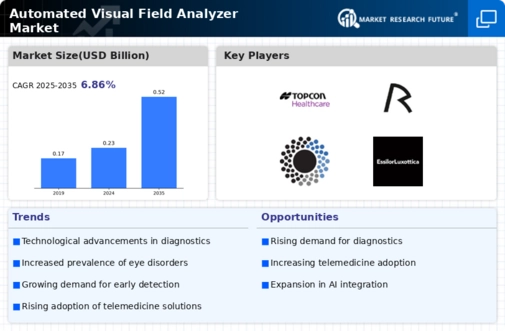
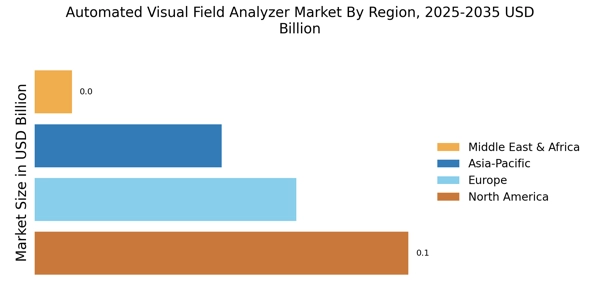
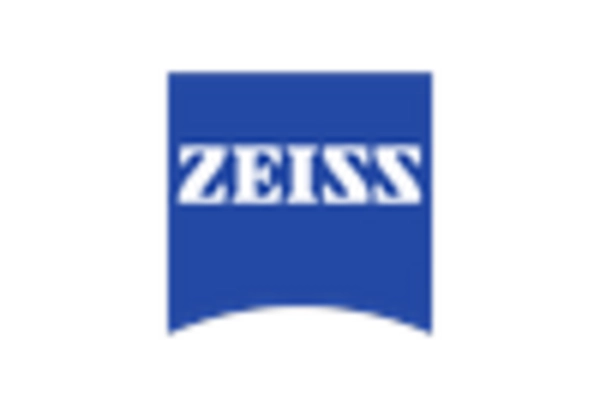

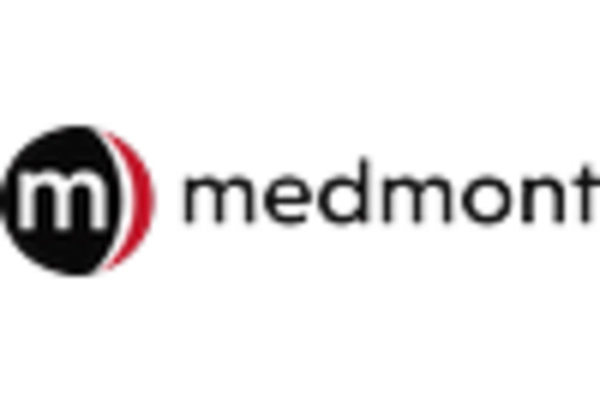
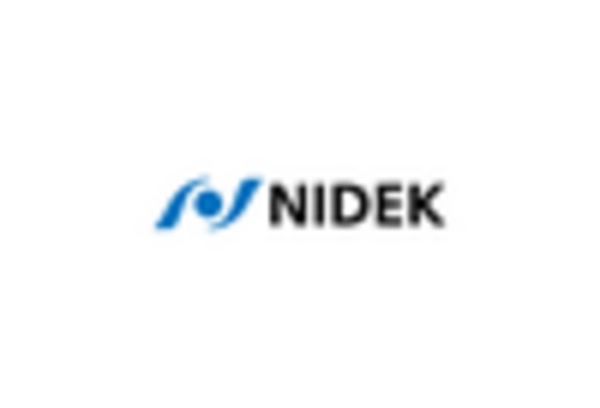










Leave a Comment